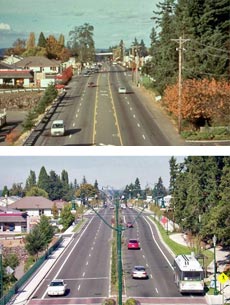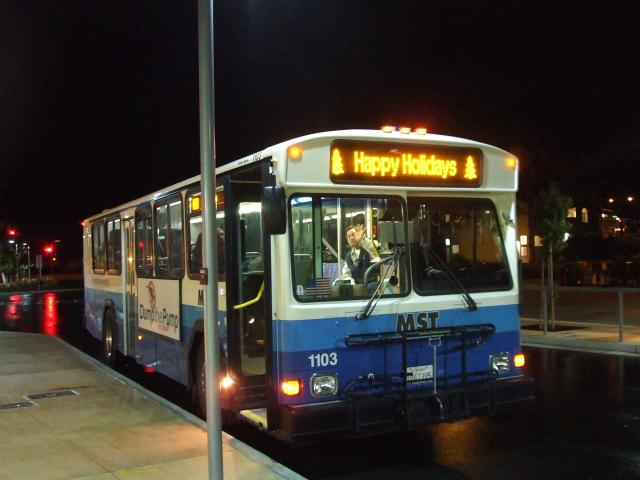Transportation for America’s Policy Brief on Transportation and Social Equity
(Source: Transportation for America)
Transportation for America’s first webinar in a series of them was held earlier this week, and it was a great success. Nearly 100 advocates and supporters signed up for a session on Transportation and Social Equity.
Our transportation system should provide everyone — regardless of age, income, race or disability — with viable transportation options. So there are significant issues with a system that doesn’t extend opportunity to everyone in the same manner.
Judith Bell, president of PolicyLink, led an informative discussion about ways in which transportation policies and programs affect low income, minority, and other often marginalized populations.
Nathaniel Smith, Director of Partnerships for Equitable Development at Emory University and Ron Achelpohl, Assistant Director of Transportation for the Mid-America Regional Council, spoke about local actions in Atlanta and Kansas City respectively to make equity considerations a fundamental part of the transportation planning process. Laura Barrett, National Policy Director for theTransportation Equity Network, discussed advocacy efforts at the national level — particularly around equitable stimulus spending.
Don’t miss the first in a series of policy briefs from Transportation for America available for download now, Transportation and Social Equity: Opportunity Follows Mobility, covers three basic ideas:
- The current system is failing low income communities
- Transportation is at the center of opportunity.
- The nation’s transportation investments can be a powerful force for social and economic equity.
Download it now or view the PDF below and feel free to pass it along to friends and colleagues. And be sure to join Transportation for America to help us tell Congress that our transportation investments should extend opportunity to all Americans — regardless of race, class, or gender.




